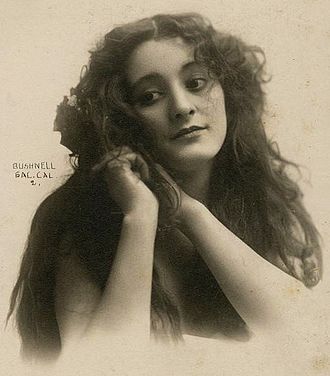Discover Your Roots
SIGN UPDiscover Your Roots
SIGN UPEulalie is a French feminine name derived from the Greek name Eulalia, meaning "Well Spoken." It gained prominence through Edgar Allan Poe's poem "Eulalie — A Song," where the protagonist finds solace and joy through his marriage to the beautiful Eulalie. The name's significance is heightened by the poem's emphasis on the letter "L," a characteristic often used in Poe's female characters. The poem is also linked to Poe's personal life, suggesting that it may have been inspired by his relationship with his wife, Virginia. "Eulalie" was first published in 1845, and it reflects Poe's recurring theme of the transformative power of love. The name Eulalie carries a sense of eloquence and charm, reflecting the poem's portrayal of a woman who brings happiness and comfort to the narrator.

Eulalie Jensen (December 24, 1884 – October 7, 1952) was a talented American actress known for her captivating performances on the New York stage and in silent films. Hailing from St. Louis, Missouri, Jensen's journey to stardom began when she was selected as one of the six extra girls from a pool of 200 applicants in response to a New York newspaper ad inserted by the legendary Sarah Bernhardt during her visit to New York City. Jensen's extensive stage experience honed her into a remarkable emotional actress, landing her roles in notable productions such as The Million and various other engagements. Her film career commenced in 1914, and she went on to star in several significant films, including The Goddess (1915) and The Passion Flower (1921) alongside Norma Talmadge. Jensen was celebrated for her vivid character portrayals, with roles ranging from a Salvation Army worker to a bird woman. Her illustrious career extended into the sound medium with her final films, A Lost Lady (1934) and Society Doctor (1935). Jensen left behind a remarkable legacy in the entertainment industry before her passing in 1952 in Los Angeles, California, at the age of 67.




All images displayed on this page are sourced from Wikipedia or Wikimedia Commons.We use these images under their respective Creative Commons or public domain licenses. Wherever applicable, author attributions and license information are provided. If you believe an image is used incorrectly or outside its license terms, please contact us so that we can review and correct the issue.